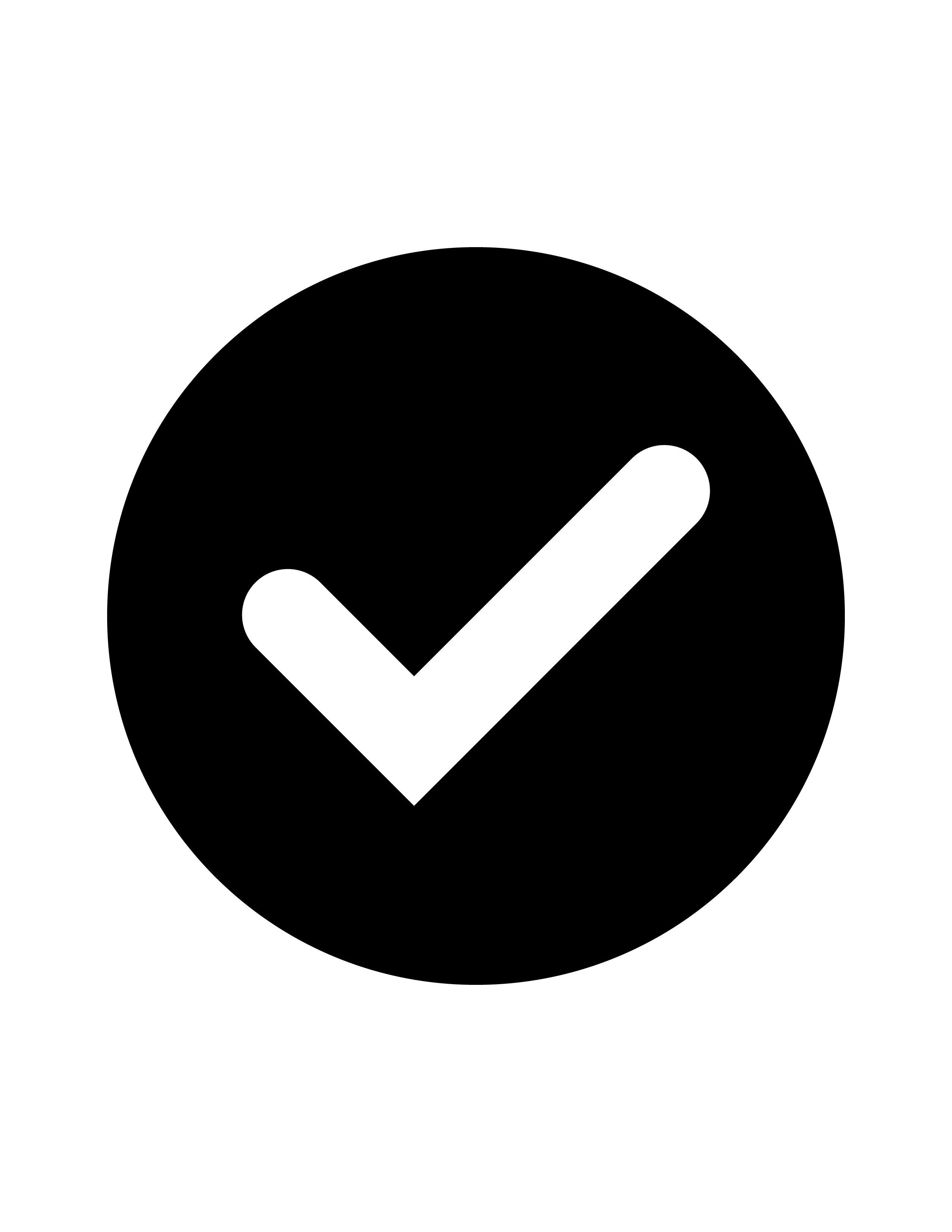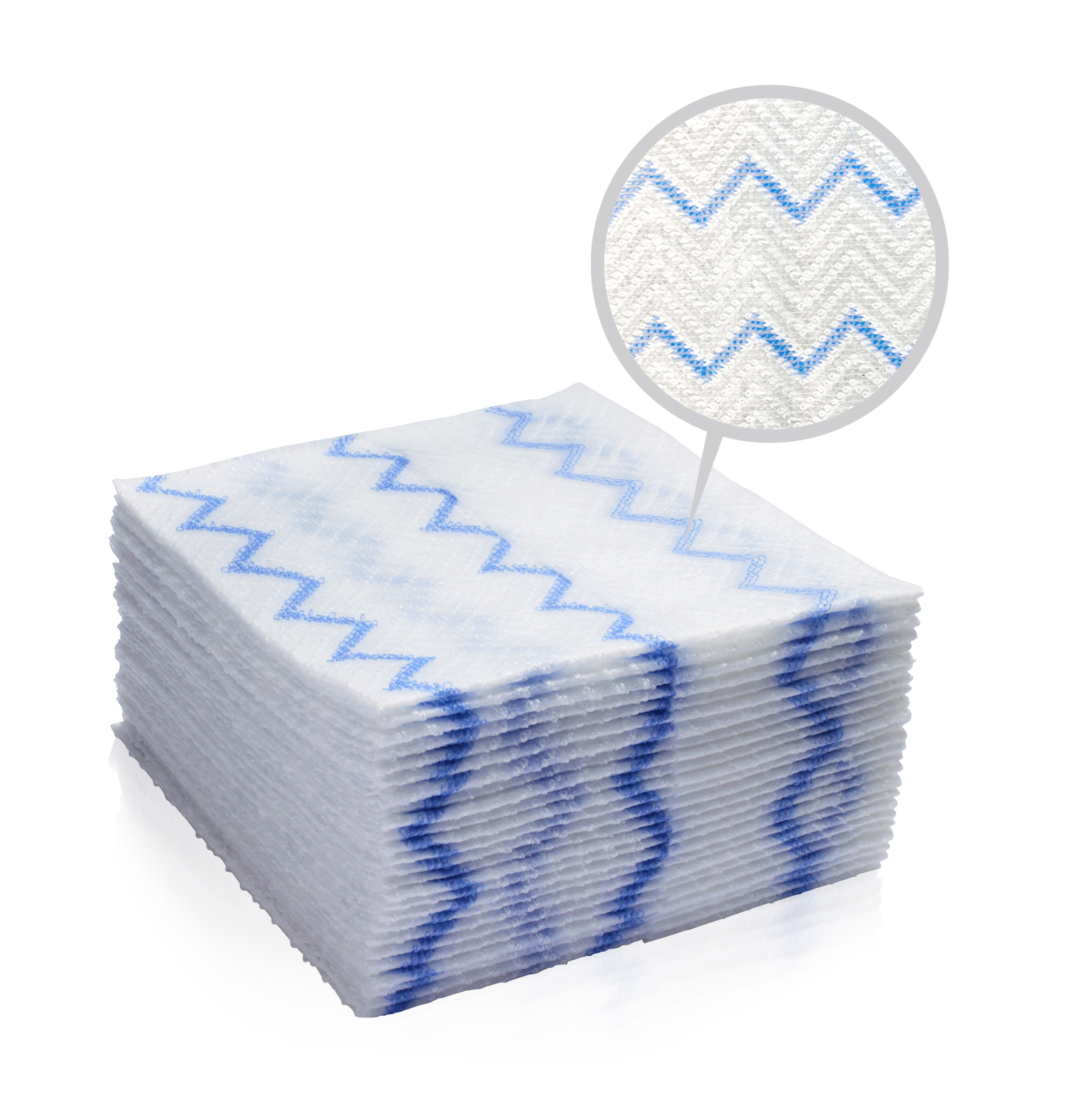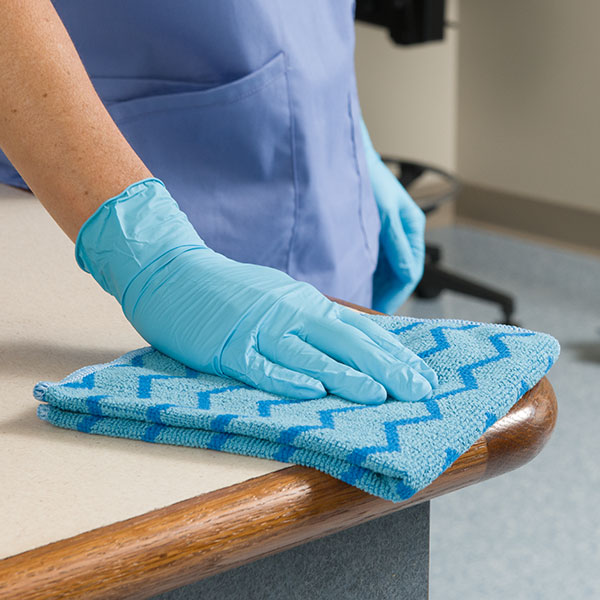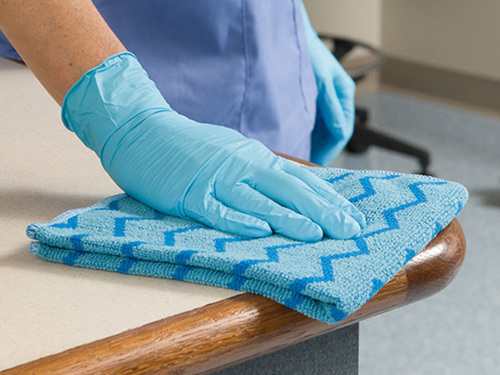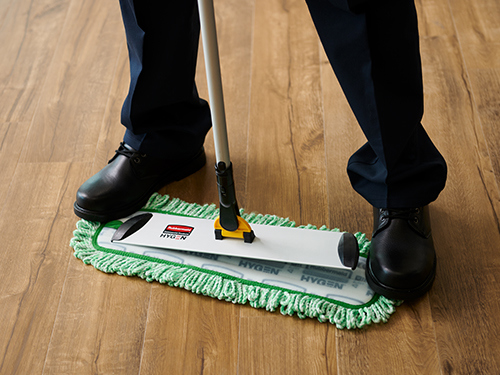Environmental Services Week
September 12-18, 2021
We celebrate and appreciate the critical role Environmental Services professionals play in maintaining safe and clean environments and reducing the risk of infection in Healthcare facilities worldwide.
During these especially challenging times, we are grateful for the strength, reliability, and resilience required of these frontline heroes to keep healthcare spaces safe for all.



